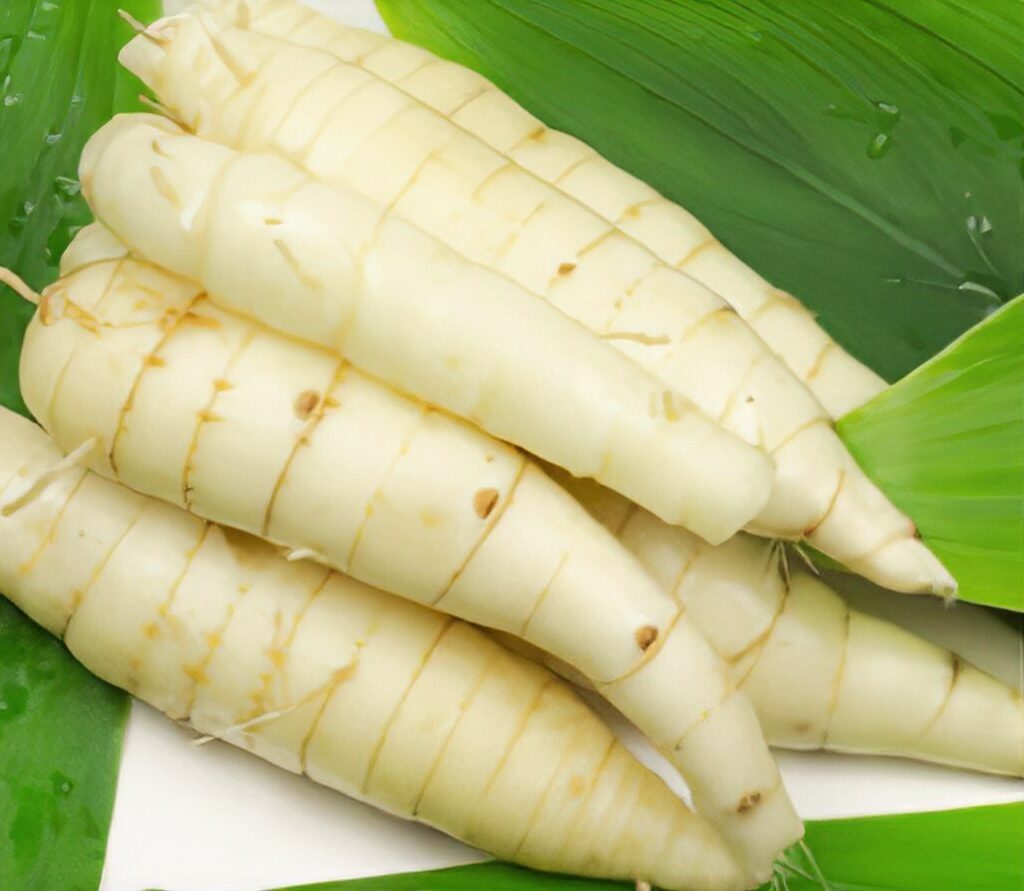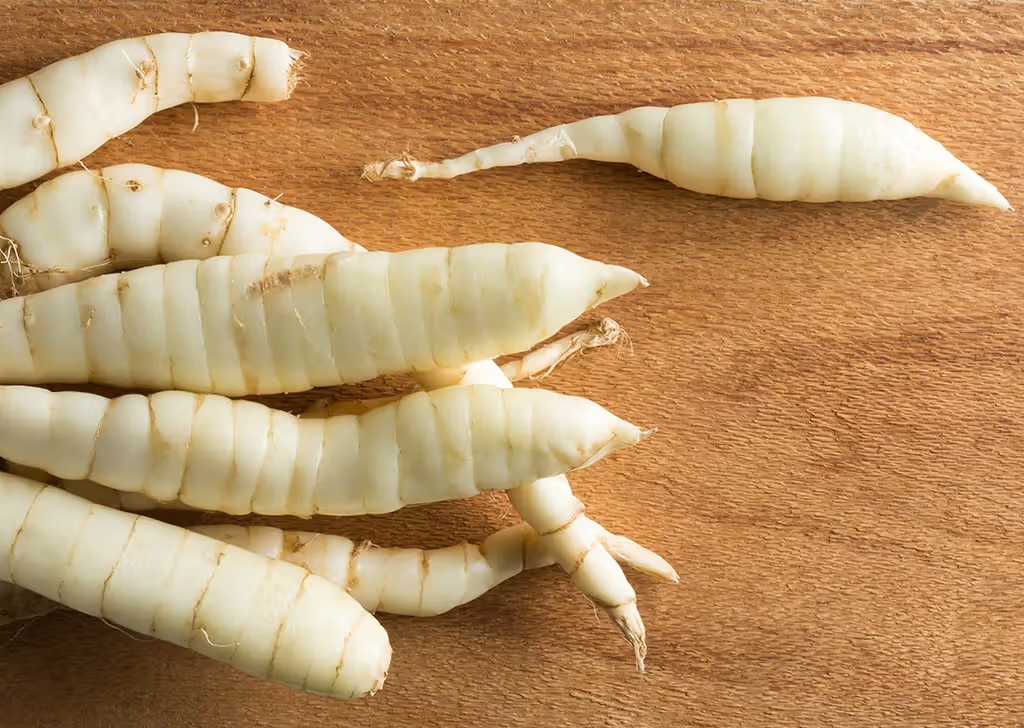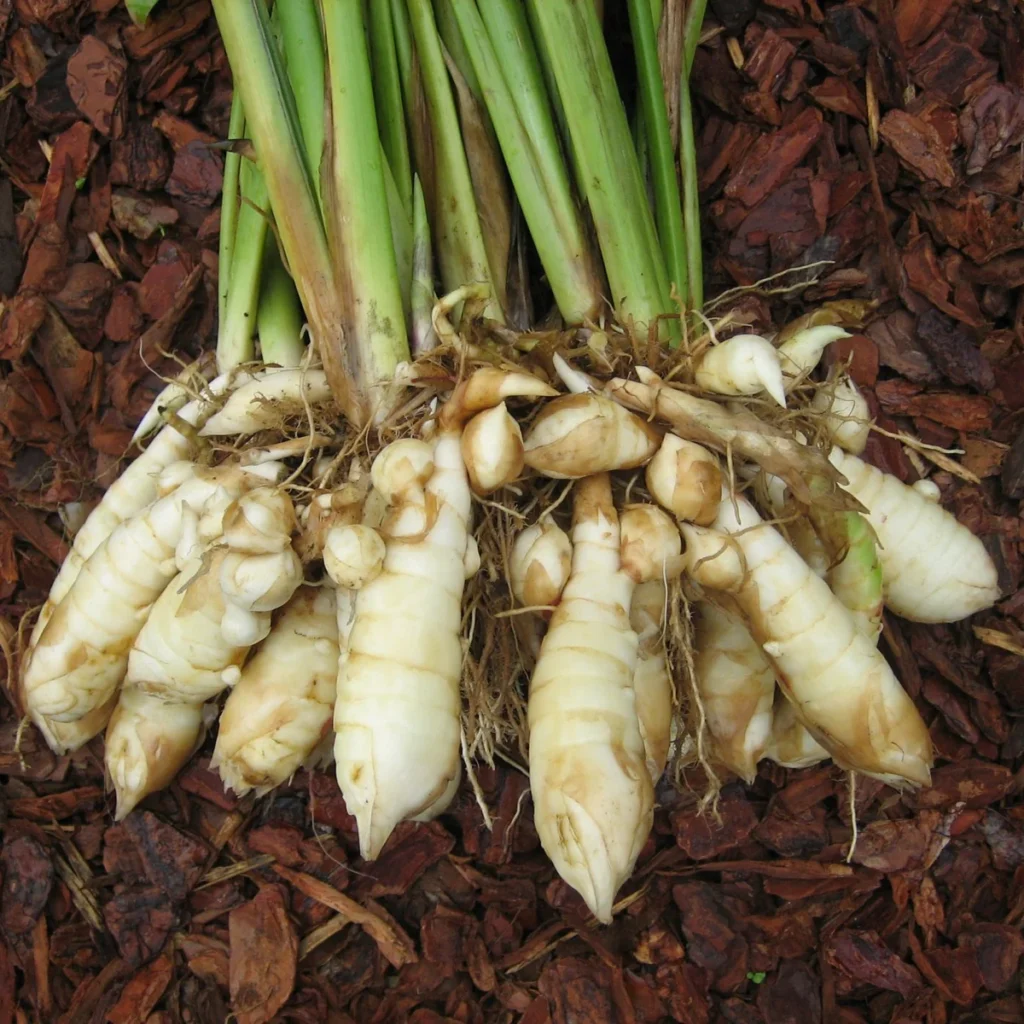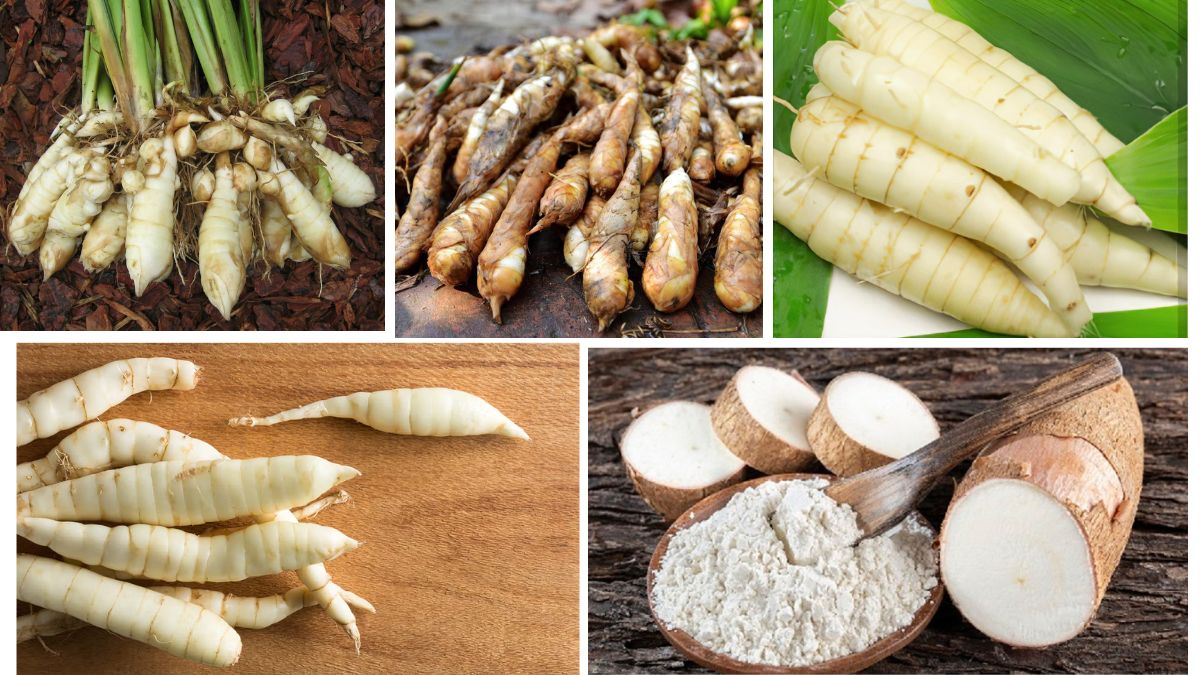Arrowroot, a starchy root used for centuries in traditional medicine, culinary applications, and even industrial uses, has seen a resurgence in popularity due to increasing demand for gluten-free, organic, and allergen-free ingredients. But while arrowroot powder is commonly found on health food store shelves worldwide, many are unaware of where it originates. This article explores the global arrowroot industry, focusing on the country that leads the world in its production, supported by detailed insights into cultivation practices, economic value, and export dynamics.
Understanding Arrowroot: A Versatile Crop

Arrowroot refers to the edible starch extracted from the rhizomes (rootstock) of Maranta arundinacea, though the term is also broadly applied to similar starches from other tuberous plants like Tacca leontopetaloides (Polynesian arrowroot), Canna edulis (achira), and Curcuma angustifolia (Indian arrowroot). The powder is highly valued for its ease of digestion, making it a popular ingredient in baby food, and for its thickening properties in culinary recipes.
Arrowroot flour is also naturally gluten-free, making it an ideal substitute for wheat flour in gluten-sensitive diets. Additionally, it’s used in cosmetics, paper manufacturing, and even in making biodegradable packaging.
Global Arrowroot Production: A Niche But Growing Industry

Despite its niche status in the broader agricultural market, arrowroot has a long cultivation history in tropical and subtropical regions. Its cultivation thrives in warm, humid climates with well-drained soil and ample rainfall.
Several countries grow arrowroot, but production is largely concentrated in the tropical belt, particularly in parts of Asia, the Caribbean, and the Pacific Islands. Among them, India has emerged as the largest producer of arrowroot in the world.
India: The Global Leader in Arrowroot Production

India holds the top position in arrowroot production due to its favorable climatic conditions, traditional farming knowledge, and increasing domestic and global demand. The crop is known locally as “Koova” (in Kerala) or “Ararut” in other regions.
Key Producing States in India
- Kerala: Particularly in Wayanad, Idukki, and Pathanamthitta districts, arrowroot is widely cultivated by tribal communities. Kerala’s red loamy soil, coupled with abundant rainfall, makes it a perfect environment for arrowroot growth.
- Odisha: The tribal belts of Koraput and Kandhamal are known for organic arrowroot cultivation.
- Maharashtra and Tamil Nadu: These states contribute smaller but significant quantities to the national output.
Reasons for India’s Dominance
- Climate Advantage: India’s tropical climate and monsoon seasons are ideal for arrowroot rhizome development.
- Traditional Knowledge: Indigenous and tribal communities have cultivated and processed arrowroot for generations.
- Government Support: Certain state governments and agricultural cooperatives promote arrowroot farming as a sustainable livelihood, especially for tribal populations.
- Organic Cultivation Trends: Indian arrowroot is often grown organically, aligning with global health food trends, increasing its demand in international markets.
Cultivation Practices in India

Arrowroot cultivation in India is mostly organic and involves minimal use of synthetic fertilizers or pesticides. The rhizomes are planted at the beginning of the monsoon (June–July), and the crop matures in about 8–10 months. The rhizomes are then harvested, cleaned, crushed, and washed to extract starch, which is then sun-dried and powdered.
Modern processors have started using mechanized extraction and drying techniques to improve hygiene and reduce labor intensity. In Wayanad, some self-help groups and cooperatives have successfully created micro-industries around arrowroot powder, enhancing rural incomes.
Arrowroot in the Indian Economy
While India does not have vast monoculture fields of arrowroot like staple crops such as rice or wheat, the economic impact of arrowroot production is notable in tribal and rural areas. In places like Kerala, arrowroot is marketed under GI-tagged (Geographical Indication) initiatives to preserve traditional processing techniques and ensure premium pricing.
India also supplies arrowroot to domestic Ayurvedic and food processing industries, which prefer its purity and fine quality. Export data shows rising international interest in Indian arrowroot, particularly from countries like the U.S., Canada, the U.K., and Australia.
Other Notable Arrowroot Producers

Though India leads in arrowroot production, several other countries contribute significantly to the global supply:
1. Saint Vincent and the Grenadines
Often considered the birthplace of commercial arrowroot starch, Saint Vincent once dominated the global market during the 19th and early 20th centuries. The island nation’s volcanic soil is ideal for the plant, and its arrowroot is still regarded for its exceptional quality. While production has declined due to competition and migration to other cash crops, Saint Vincent still exports premium arrowroot starch, especially to the UK and the EU.
2. Thailand
Thailand cultivates Canna edulis and similar starch-yielding plants often labeled as arrowroot. The country has mechanized production and strong export networks, mainly targeting Asian markets.
3. Philippines and Indonesia
These nations grow arrowroot on a smaller scale, mainly for local consumption and traditional medicine.
4. Brazil
Brazilian arrowroot production is focused more on Canna and Tacca species, with a growing domestic and export market for clean-label food products.
Export Trends and Market Dynamics
The arrowroot starch market is expected to grow steadily due to increasing demand for:
- Gluten-free food products
- Clean-label, organic ingredients
- Plant-based thickeners in cosmetics and pharmaceuticals
India is well-positioned to capitalize on these trends due to:
- A strong base of traditional, chemical-free production
- Competitive pricing
- Improvements in packaging and branding
In fact, Indian agricultural export councils have identified arrowroot as a high-potential product under India’s “One District One Product” (ODOP) initiative to promote rural exports.
Challenges in Arrowroot Production
Despite its potential, arrowroot farming faces several challenges:
- Limited mechanization: Most of the work, especially processing, is still manual.
- Perishability: Fresh rhizomes spoil quickly, requiring fast processing.
- Lack of awareness: Many farmers are unaware of arrowroot’s market potential.
- Price volatility: Market prices can fluctuate due to inconsistent demand.
Addressing these through training, cooperative models, and rural infrastructure development could further boost production and farmer income.
Conclusion
India stands as the largest arrowroot producer in the world, thanks to its optimal climate, traditional agricultural knowledge, and growing support for organic farming. While nations like Saint Vincent and Thailand contribute historically and regionally, India’s capacity to scale, diversify, and innovate gives it a competitive edge in both volume and value.
As the world turns toward natural, sustainable, and health-conscious ingredients, arrowroot—once a humble tribal crop—is finding its place on the global stage. With continued support and awareness, India’s dominance in arrowroot production is likely to strengthen, benefiting farmers, consumers, and industries alike.





